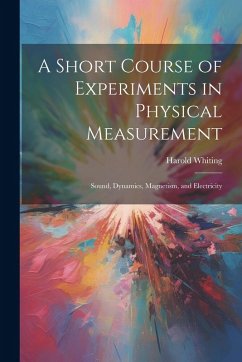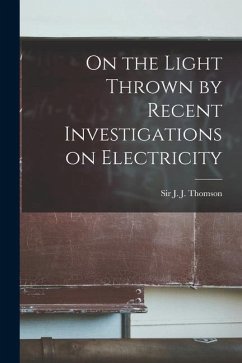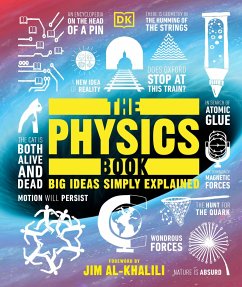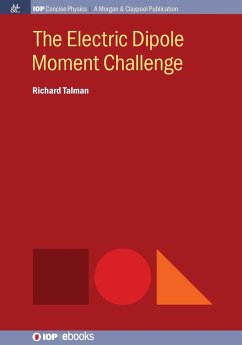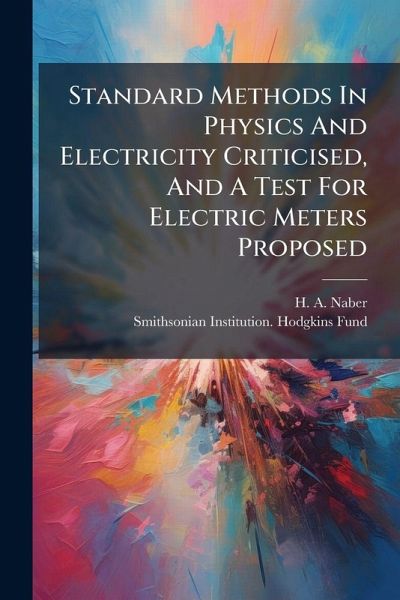
Standard Methods In Physics And Electricity Criticised, And A Test For Electric Meters Proposed

PAYBACK Punkte
9 °P sammeln!
"Standard Methods In Physics And Electricity Criticised, And A Test For Electric Meters Proposed" examines and critiques prevailing methodologies within the fields of physics and electrical science during the early 20th century. Authored by H. A. Naber under the auspices of the Smithsonian Institution's Hodgkins Fund, this work offers a detailed analysis of existing standards, pinpointing areas of concern and proposing innovative approaches to enhance precision and reliability. The book delves into the complexities of electrical measurement, specifically addressing the accuracy of electric met...
"Standard Methods In Physics And Electricity Criticised, And A Test For Electric Meters Proposed" examines and critiques prevailing methodologies within the fields of physics and electrical science during the early 20th century. Authored by H. A. Naber under the auspices of the Smithsonian Institution's Hodgkins Fund, this work offers a detailed analysis of existing standards, pinpointing areas of concern and proposing innovative approaches to enhance precision and reliability. The book delves into the complexities of electrical measurement, specifically addressing the accuracy of electric meters. Naber not only criticizes existing testing methods but also puts forth a novel test designed to improve meter calibration and performance. This work is a valuable resource for historians of science, electrical engineers, and anyone interested in the evolution of scientific instrumentation and methodology. This work has been selected by scholars as being culturally important, and is part of the knowledge base of civilization as we know it. This work was reproduced from the original artifact, and remains as true to the original work as possible. Therefore, you will see the original copyright references, library stamps (as most of these works have been housed in our most important libraries around the world), and other notations in the work. This work is in the public domain in the United States of America, and possibly other nations. Within the United States, you may freely copy and distribute this work, as no entity (individual or corporate) has a copyright on the body of the work. As a reproduction of a historical artifact, this work may contain missing or blurred pages, poor pictures, errant marks, etc. Scholars believe, and we concur, that this work is important enough to be preserved, reproduced, and made generally available to the public. We appreciate your support of the preservation process, and thank you for being an important part of keeping this knowledge alive and relevant.



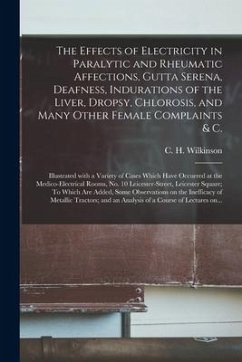
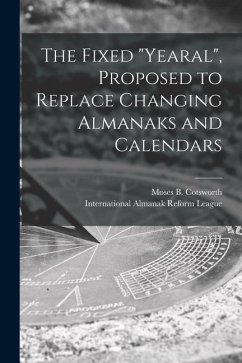
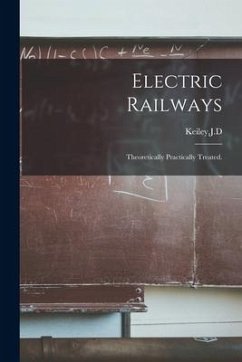
![Natural Philosophy [microform]: Part II, Being a Hand-book of Chemical Physics, or, The Physics of Heat, Light and Electricity Cover Natural Philosophy [microform]: Part II, Being a Hand-book of Chemical Physics, or, The Physics of Heat, Light and Electricity](https://bilder.buecher.de/produkte/65/65523/65523050n.jpg)
